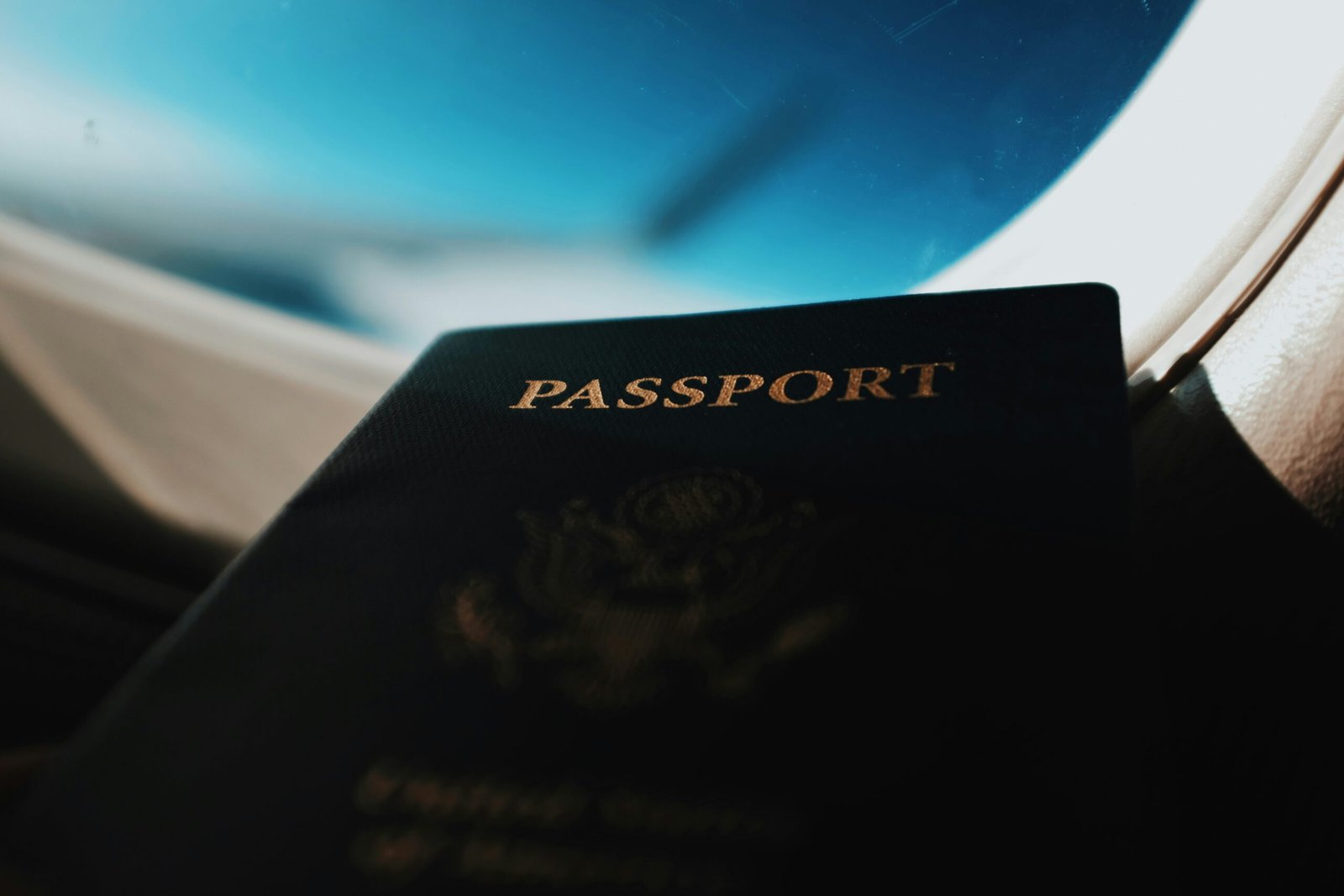
Passport Fees Explained for Indian Passport
If you are an Indian citizen planning to travel abroad, obtaining a passport is a crucial step. However, it’s important to understand the fees associated with the passport application process to avoid any surprises. In this article, we will explain the passport fees for an Indian passport. Passport Fees Explained for Indian Passport
The passport fees for an Indian passport depend on various factors such as the type of passport, the number of pages, and the age of the applicant. Here is a breakdown of the fees:
1. Fresh Passport Application:
– 36 pages: INR 1,500
– 60 pages: INR 2,000
2. Reissue of Passport:
– 36 pages: INR 1,500
– 60 pages: INR 2,000
3. Tatkal Service (for urgent applications):
– Additional fee of INR 2,000
4. Replacement of Damaged/Lost Passport:
– INR 3,000
5. Change of Name/Address:
– INR 1,500
6. Miscellaneous Services:
– INR 500 for various services like adding or deleting spouse’s name, changing date/place of birth, etc.
It’s important to note that these fees are subject to change, so it’s always a good idea to check the official website of the Ministry of External Affairs for the most up-to-date information.
Additionally, there may be additional charges for optional services such as SMS updates and home delivery of the passport.
To pay the passport fees, you can use online payment methods or visit the designated passport office and pay in cash.
In conclusion, obtaining an Indian passport involves certain fees depending on the type of application and services required. Make sure to check the official website for the latest fee structure and follow the instructions provided to avoid any delays in the application process.
please check below government fee
If you are an Indian citizen planning to travel abroad, obtaining a passport is a crucial step. However, it’s important to understand the fees associated with the passport application process to avoid any surprises. In this article, we will explain the passport fees for an Indian passport.
The passport fees for an Indian passport depend on various factors such as the type of passport, the number of pages, and the age of the applicant. Here is a breakdown of the fees:
1. Fresh Passport Application:
– 36 pages: INR 1,500
– 60 pages: INR 2,000
2. Reissue of Passport:
– 36 pages: INR 1,500
– 60 pages: INR 2,000
3. Tatkal Service (for urgent applications):
– Additional fee of INR 2,000
4. Replacement of Damaged/Lost Passport:
– INR 3,000
5. Change of Name/Address:
– INR 1,500
6. Miscellaneous Services:
– INR 500 for various services like adding or deleting spouse’s name, changing date/place of birth, etc.
If you are an Indian citizen planning to travel abroad, obtaining a passport is a crucial step. However, it’s important to understand the fees associated with the passport application process to avoid any surprises. In this article, we will explain the passport fees for an Indian passport.







